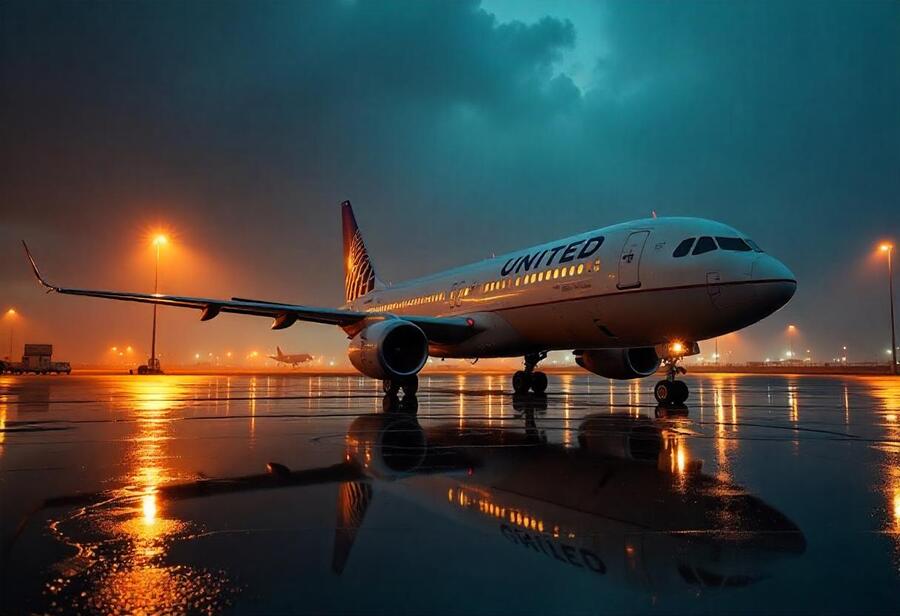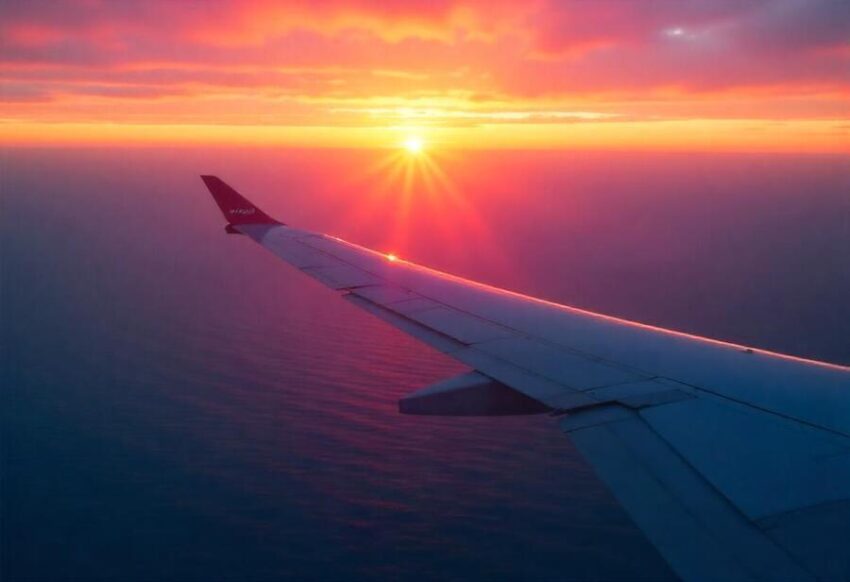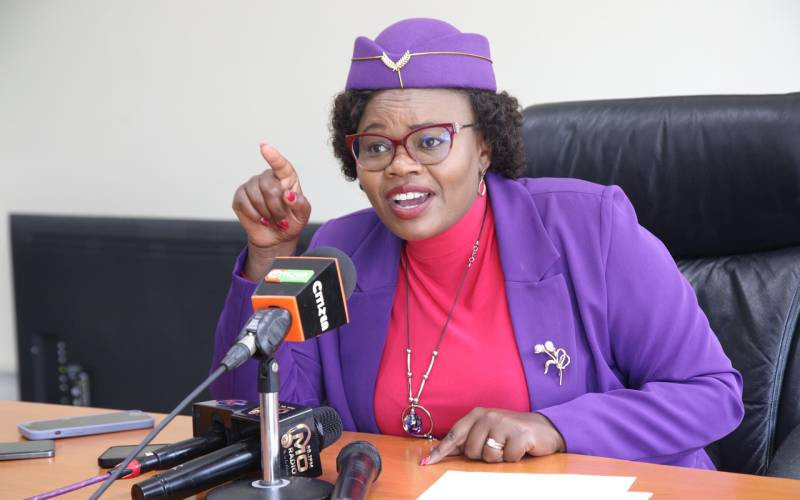Major Airlines' Fleet Sizes and Travel Strategies

As of May 26, 2025, Delta, United, American, and Southwest Airlines stand as the world's largest commercial fleet operators. Each adopts a unique aircraft strategy shaped by business models, manufacturer preferences, and long-term goals. United leads in fleet size, Delta operates the oldest active jet, American balances Airbus and Boeing, and Southwest exclusively uses Boeing 737s. These strategies highlight how the Big Four dominate global air travel by tailoring their fleets for efficiency, growth, and competitive advantage.
The United States leads in global aviation, with Delta, United, American, and Southwest Airlines owning the largest airline fleets. These "Big Four" carriers significantly impact commercial air travel and passenger experience. Their approaches to aircraft acquisition, fleet composition, and manufacturer preference vary, influencing their operations and competitiveness. Strategies range from all-Boeing fleets to wide-body Airbus dominance, reflecting each airline’s operational priorities.
United Airlines operates the largest commercial airline fleet, favoring Boeing aircraft, including 737s, 757s, 767s, and 777s. They also use the Boeing 787 Dreamliner for long-haul services and are a key launch customer for the Boeing 737 MAX 10. However, United's fleet is among the oldest in the U.S., prompting efforts to modernize with fuel-efficient models to balance cost and sustainability.
Delta Air Lines employs a versatile fleet, balancing Boeing and Airbus aircraft. They operate a large fleet of Airbus A220s for short- and medium-haul routes and are the only U.S. airline with significant numbers of wide-body Airbus jets like the A330 and A350 for international routes. Delta also operates the oldest active jet in the U.S., maintained through meticulous programs that extend aircraft lifespans while meeting safety standards.
American Airlines balances Airbus and Boeing aircraft. Its short- and medium-haul operations use Airbus A319s, A320s, and A321s, while long-haul routes include Boeing 777s and 787 Dreamliners. This strategy offers flexibility in aircraft sourcing and maintenance and hedges against supply chain issues. American has retired older MD-80s, Boeing 757s, and 767s for newer, fuel-efficient aircraft and is updating cabin interiors to enhance passenger experience.
Southwest Airlines operates an all-Boeing 737 fleet, making it the largest operator of a single aircraft type globally. This strategy simplifies maintenance, streamlines pilot training, and ensures consistent passenger experience, supporting Southwest’s low-cost business model. Southwest continues to modernize with Boeing 737 MAX variants for route expansion, lower fuel consumption, and reduced emissions.
Fleet age and composition reflect strategic priorities. United’s older fleet indicates rapid growth, now balanced with modernization. Delta’s diverse, aging jets reflect a cost-effective approach through high maintenance standards. American balances Airbus and Boeing for flexibility, while Southwest focuses on uniformity and efficiency with the Boeing 737 family. Each approach supports business goals, from low-cost dominance to global connectivity.
The Big Four are investing in new aircraft like the Airbus A321XLR, Boeing 737 MAX 10, and Boeing 787 Dreamliners to reduce emissions, cut costs, and enhance passenger comfort. Fleet decisions align with environmental goals and evolving customer expectations, addressing sustainability pressures, reducing maintenance, and improving travel experiences.
Delta, United, American, and Southwest lead global fleet rankings with unique fleet philosophies rooted in operational goals. Strategies such as aircraft type uniformity, manufacturer loyalty, and diversified flexibility reflect how each airline aims to stay ahead in the aviation market.










